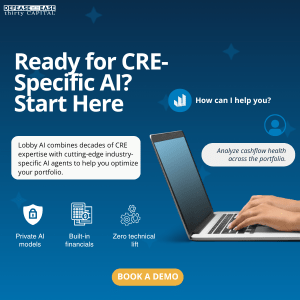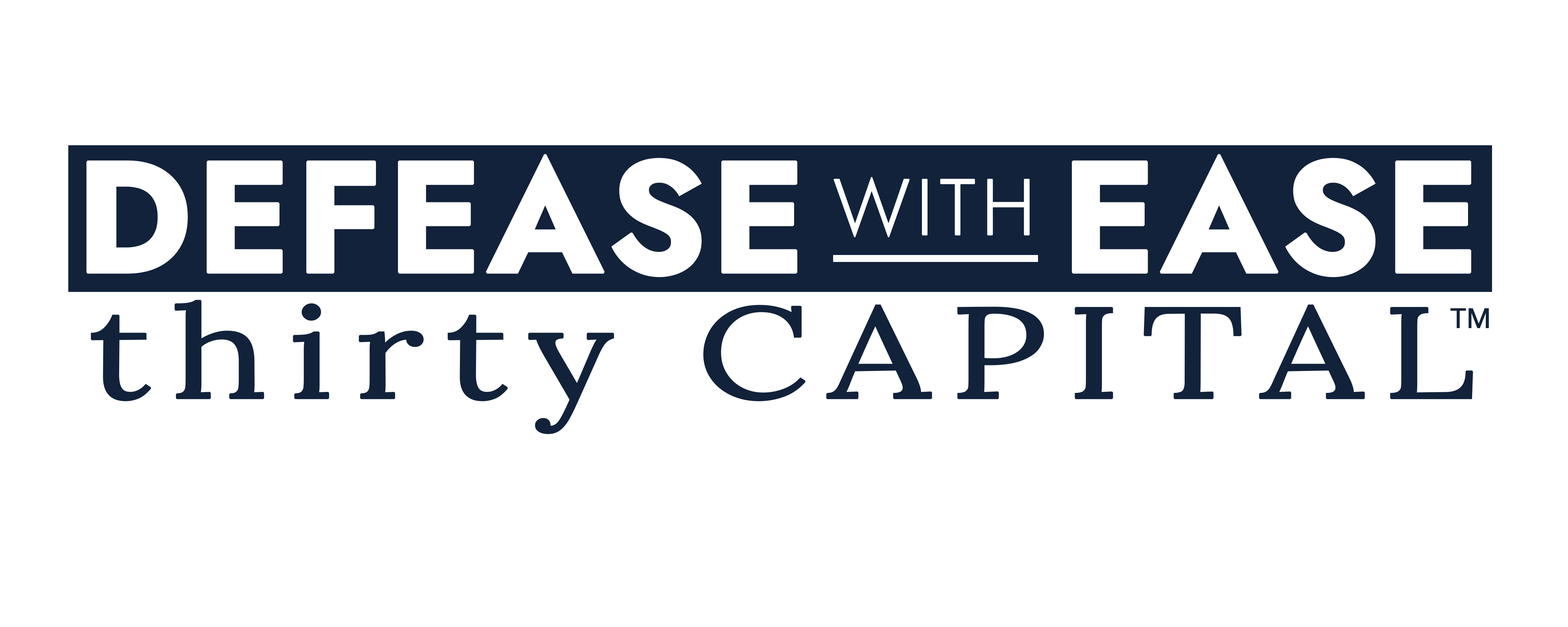In today’s rapidly evolving commercial real estate (CRE) landscape, the key to staying competitive lies in transforming your approach to business. It can be argued that to succeed, CRE firms must think and operate more like tech companies. After all, the future of real estate isn’t just about property management—it’s about innovation, data-driven decision-making, and a willingness to rethink traditional business models.
The Evolution of Real Estate: From Traditional to Tech-Driven
The real estate industry has long been criticized for its slow adoption of technology. Many firms have been reluctant to embrace new tools and strategies, clinging instead to methods that have worked in the past. This “if it ain’t broke, don’t fix it” mentality has left many companies vulnerable in a market that is increasingly influenced by technological advancements. But the most successful CRE firms today are those that have embraced technology and innovation. These firms don’t just manage real estate—they operate as tech companies whose product happens to be real estate. This shift in thinking allows them to stay ahead of the competition, adapt to market changes more quickly, and make smarter, data-driven decisions.
For instance, consider the evolution of Wall Street and the current state of the real estate industry. In the 1980s, Wall Street was transformed by the introduction of technology, such as Bloomberg terminals, which allowed traders to access vast amounts of data in real-time. Traders who embraced this technology gained a significant competitive advantage over those who relied solely on gut instincts and traditional methods. Similarly, CRE firms that adopt and integrate advanced technologies into their operations will be better positioned to succeed in today’s data-driven market.
Innovation Beyond Technology: A New Way of Thinking
While technology plays a critical role in modern CRE success, innovation isn’t just about adopting the latest software or gadgets. It’s also about changing the way you think and operate, ultimately fostering a culture of innovation within your organization.
One such concept is the use of Objectives and Key Results (OKRs), a strategic framework that helps organizations set and achieve their goals. OKRs are not inherently technological; they can be implemented with something as simple as a pen and paper. However, they represent a shift in mindset—a move toward more structured, goal-oriented operations. By clearly defining objectives and the key results needed to achieve them, CRE firms can ensure that every action is aligned with long-term success.
 Perhaps too many CRE firms operate like traditional real estate companies, focusing primarily on the properties they manage rather than on the broader business strategy. An approach centered on structured thinking and planning encourages firms to think beyond the buildings themselves and consider how they can innovate in all aspects of their operations—from leadership and planning to customer engagement and employee development.
Perhaps too many CRE firms operate like traditional real estate companies, focusing primarily on the properties they manage rather than on the broader business strategy. An approach centered on structured thinking and planning encourages firms to think beyond the buildings themselves and consider how they can innovate in all aspects of their operations—from leadership and planning to customer engagement and employee development.
Reimagining Your Business: The Tech-Enabled Approach
Despite the broader focus on innovation, technology remains a crucial component of modern CRE success. But what does that mean in practical terms? Below are several key components that any real estate firm can adopt to enhance their competitiveness and operational efficiency
1. Business Intelligence (BI)
One of the most significant advantages of adopting a tech-driven approach is the ability to harness the power of data and analytics. In the CRE industry, data is generated at every level—from property performance metrics and market trends to tenant behavior and financial records. However, many firms struggle to effectively manage and analyze this data. Firms need to embrace business intelligence tools that allow them to collect, visualize, and analyze large volumes of data. By doing so, they can make more informed decisions about their properties and investments. For example, an asset manager might use BI tools to analyze trends in rent prices, occupancy rates, and maintenance costs across a portfolio of properties. This analysis can then inform decisions about where to invest resources, how to price units, and when to make capital improvements.
The use of data and analytics also extends to forecasting and planning. Consider the use of predictive analytics to forecast future market conditions, interest rates, and property performance. This allows firms to anticipate challenges and opportunities, rather than simply reacting to them as they arise.
2. Artificial Intelligence (AI)
Another critical component of the tech-enabled approach is the use of artificial intelligence. AI can be applied in various ways to enhance the efficiency and effectiveness of CRE operations. For example, AI-powered tools can automate routine tasks such as lease administration, tenant communications, and property maintenance scheduling. This not only frees up time for employees to focus on higher-value activities but also reduces the risk of human error.AI can also play a role in decision-making. By using AI algorithms to analyze large datasets, firms can uncover patterns and insights that might not be immediately apparent to human analysts. This can lead to more accurate predictions, better investment decisions, and improved overall performance.
3. Human Intelligence (HI)
While technology is a powerful tool, it should not replace human intelligence. Human intelligence—often referred to as “gut instinct”—is still a valuable asset in the real estate industry. Experienced professionals bring a wealth of knowledge and intuition to their roles, allowing them to make decisions that are informed by both data and experience. However, human intelligence is most effective when it is supported by robust data and analytics. By integrating AI and BI tools into their decision-making processes, CRE professionals can enhance their instincts with empirical evidence, leading to better outcomes. Access the on-demand webinar here.
Learn more about AI, HI, and BI in one of our recent blogs.
Expanding the Definition of “Customer”
Traditionally, real estate firms have focused primarily on tenants as their main customers. However, a successful CRE firm must consider a wider range of stakeholders, including employees, investors, contractors, and lenders.
Each of these groups plays a critical role in the success of a real estate firm, and it’s essential to understand their needs, expectations, and concerns. For example, maintaining strong relationships with investors requires clear and consistent communication, transparency in financial reporting, and a commitment to delivering strong returns. Similarly, treating employees as valued customers can lead to higher levels of engagement, productivity, and retention.
By adopting a more holistic approach to customer relationship management, CRE firms can build stronger, more resilient businesses that are better equipped to withstand market fluctuations and other challenges.
Embracing Change for Long-Term Success
The commercial real estate industry is at a crossroads. Those who cling to traditional methods risk being left behind, while those who embrace innovation and technology will thrive. By staying attuned to changes in the market, advancements in technology, and shifts in customer preferences, CRE firms can position themselves for long-term success.
Next Steps
Whether you’re looking to improve your operational efficiency or adapt to shifting market conditions, now is the time to take action and lead your business into the future. Contact our industry experts or schedule a complimentary consultation.
 The Lobby AI Mobile App is here! In the field, in meetings, on the go: instant portfolio insights right on your phone.
The Lobby AI Mobile App is here! In the field, in meetings, on the go: instant portfolio insights right on your phone. 


